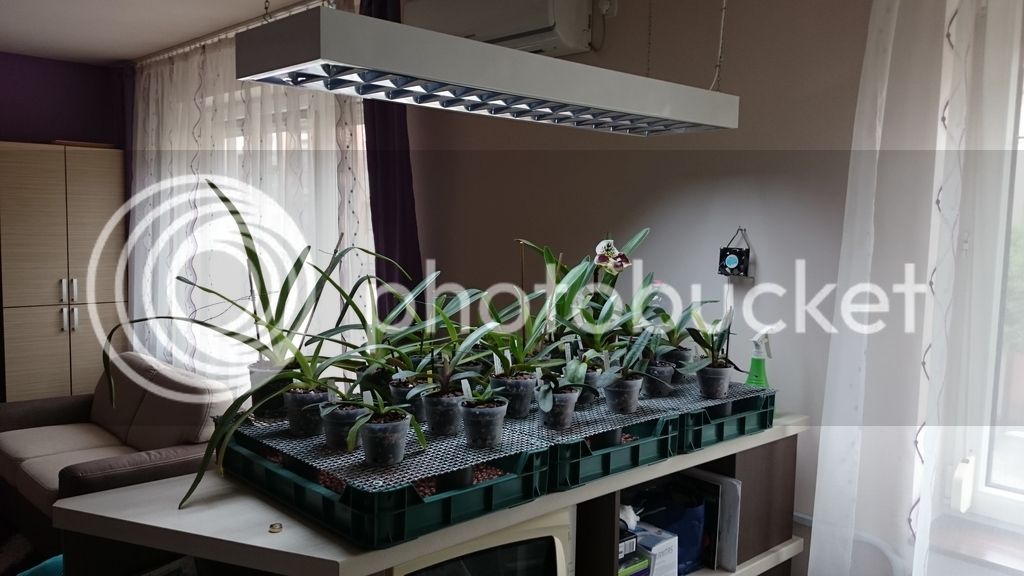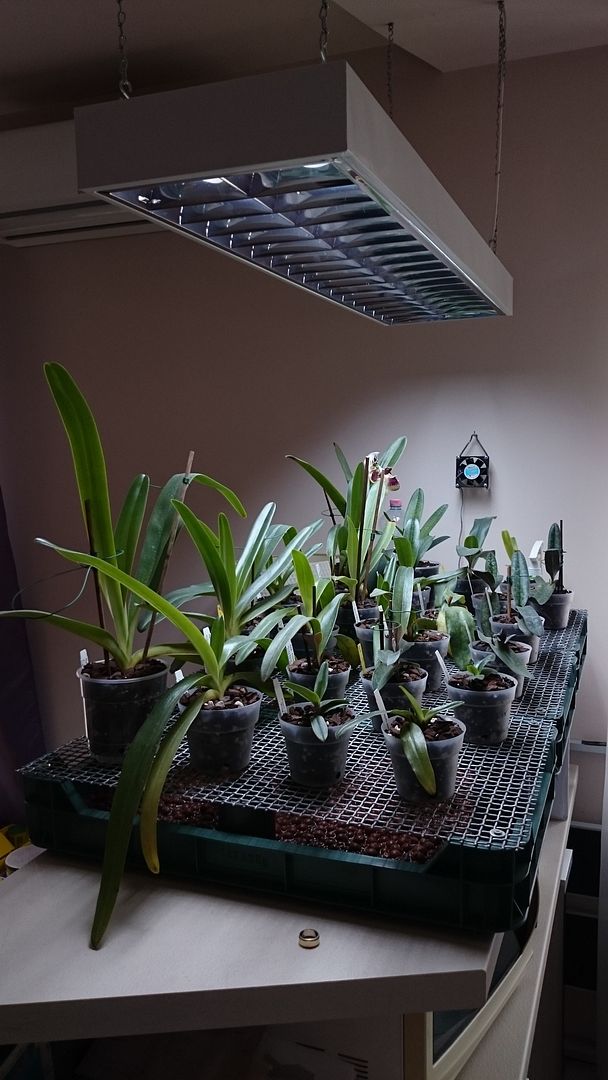SlipperMatt
Well-Known Member
The newest leaf of my tigrinum showns chlorotic shymptons. What kind of nutrient deficiency cause this kind of problem?
I use balanced 20-20-20 in strength of 80ppm N at every watering in vegetative peroid diluted in mix of 1/3 part tap water + 2/3 part RO. Every fourth watering with clear RO. Potting mix is bark mix without any lime component. I do not use currently further Ca and Mg supplementation. Some of my plants has pale green new leaves, mostly the multis + a superbiens. But after the leaf turns mature, the problem disappears.
Any advise or experience?
Photos below:
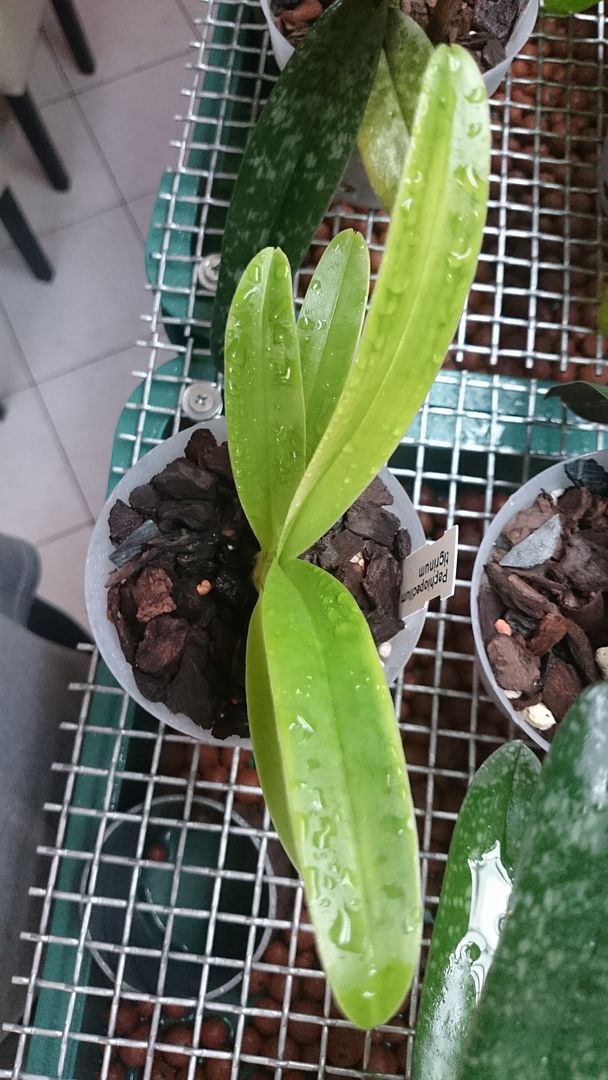
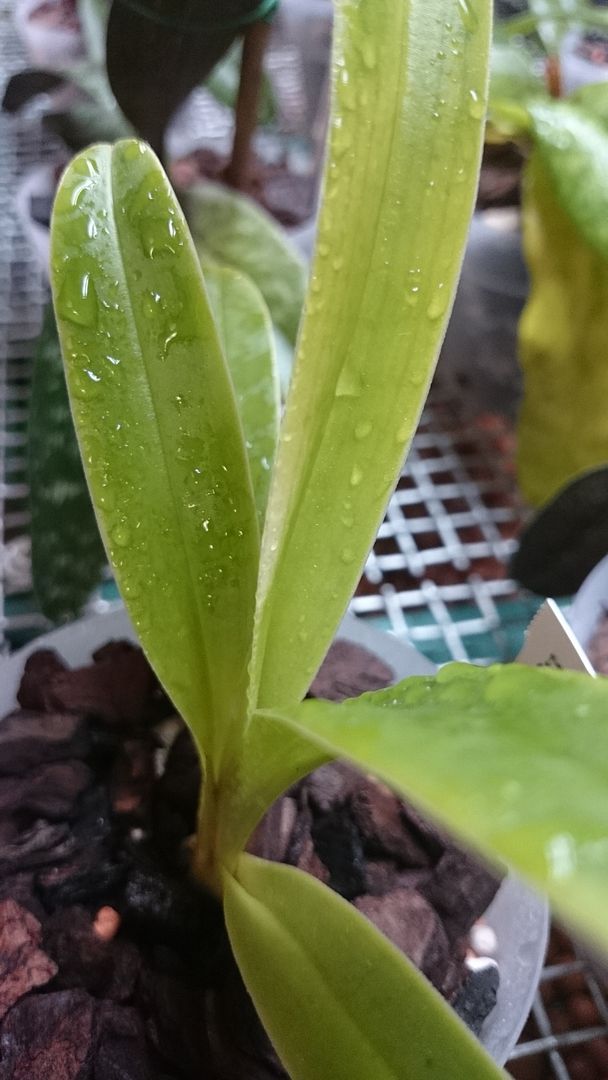
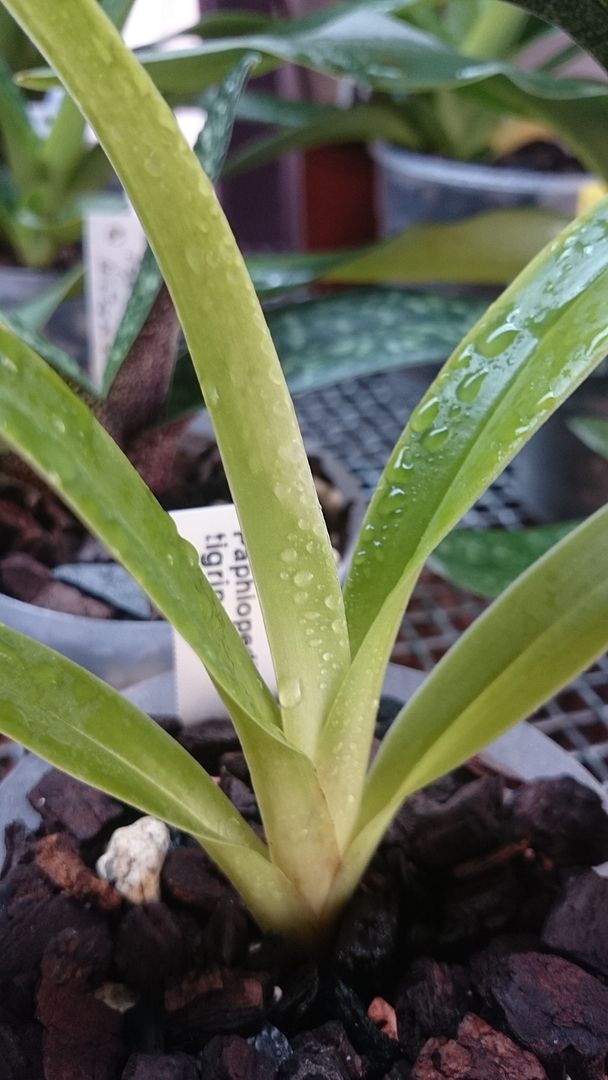
Please help!
Thanks a lot:
Matyas
I use balanced 20-20-20 in strength of 80ppm N at every watering in vegetative peroid diluted in mix of 1/3 part tap water + 2/3 part RO. Every fourth watering with clear RO. Potting mix is bark mix without any lime component. I do not use currently further Ca and Mg supplementation. Some of my plants has pale green new leaves, mostly the multis + a superbiens. But after the leaf turns mature, the problem disappears.
Any advise or experience?
Photos below:



Please help!
Thanks a lot:
Matyas




